

Dohnat a předehnat(1948)
Movie: Dohnat a předehnat

Dohnat a předehnat
HomePage
Overview
Release Date
1948-01-01
Average
0
Rating:
0.0 startsTagline
Genres
Languages:
ČeskýKeywords
Similar Movies
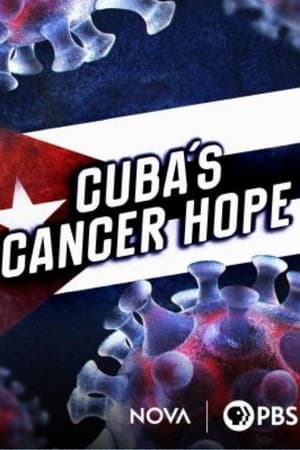 0.0
0.0Cuba's Cancer Hope(en)
When the U.S. trade embargo left Cuba isolated from medical resources, Cuban scientists were forced to get creative. Now they've developed lung cancer vaccines that show so much promise, some Americans are defying the embargo and traveling to Cuba for treatment. In an unprecedented move, Cuban researchers are working with U.S. partners to make the medicines more widely available.
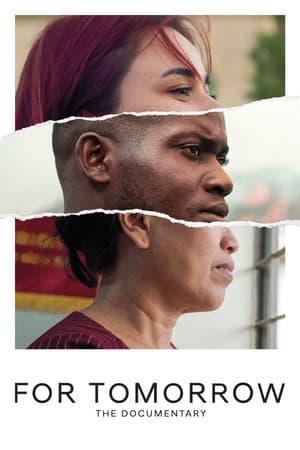 0.0
0.0For Tomorrow - the Documentary(en)
The story of grassroots innovators striving to create a more sustainable future. From a self-taught engineer who built a solar-powered car to a young woman with disabilities fighting for inclusivity, they are tackling sustainability issues on the ground and empowering their communities. Is the world ready to look elsewhere for solutions to our challenges?
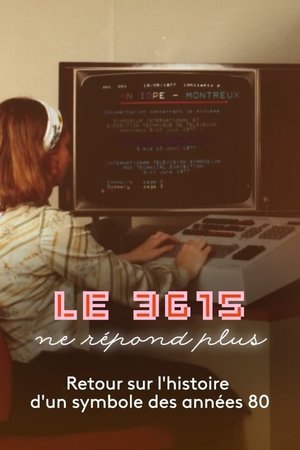 8.0
8.0Le 3615 ne répond plus(fr)
The adventure of the minitel, a small cubic terminal with a folding keyboard that began in the 1970s in the labs of France Telecom, is closely linked to Alsace. Alsatians had then in hand the future tools of interactive communication. What remains today of all those minitel years? Like a nocturnal and intimate road-movie, this documentary went to meet the last people who are still interested in the minitel, this strange beige box of access to telematic services, corny today, but pioneers at the end of the last century.
 0.0
0.0DeLorean(en)
In 1973, John DeLorean was most likely going to be the next president of General Motors, when he turned his back on his $650,000 a year job and focused on a grander dream... to build his own car company (the first new American car company since 1925). In 1978, DeLorean built the most advanced auto factory in the world in under 18 months, from the ground up in a small suburb of Belfast, Northern Ireland.
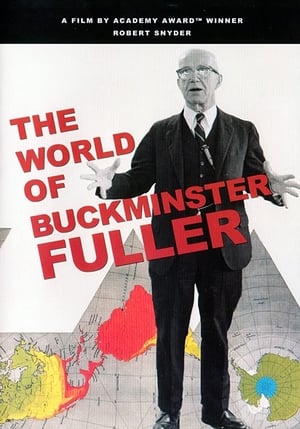 7.0
7.0The World of Buckminster Fuller(en)
Architect, engineer, geometrician, cartographer, philosopher, futurist, inventor of the famous geodesic dome and one of the most brilliant thinkers of his time. Fuller was renowned for his comprehensive perspective on the world's problems. For more than five decades he developed pioneering solutions reflecting his commitment to the potential of innovative design to create technology that does "more with less" and thereby improve human lives. He spent much of his life traveling the world lecturing and discussing his ideas with thousands of audiences. Now more relevant than ever, this film captures Fuller's ideas and thinking told in his own words.
 6.2
6.2Brave Blue World: Racing to Solve Our Water Crisis(en)
From reuse to energy generation, new innovations across five continents are explored in this documentary about building a future for sustainable water.
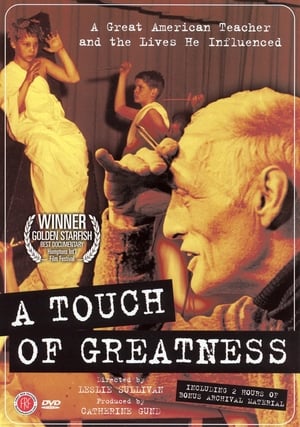 7.0
7.0A Touch of Greatness(en)
In an era when Dick, Jane, and discipline ruled America's schools, Albert Cullum allowed Shakespeare, Sophocles, and Shaw to reign in his fifth grade public school classroom. Through the use of poetry, drama and imaginative play, Cullum championed an unorthodox educational philosophy that spoke directly to his students' needs. Many of Cullum's projects were recorded on film by then novice filmmaker Robert Downey, Sr. Weaving stunning black and white footage and rare archival television broadcasts together with interviews of Cullum and his former students, this is a portrait of a maverick teacher who transformed a generation of young people by enabling them to discover their own inner greatness.
 6.0
6.04 mois sur ma biosphère(fr)
After traveling the globe to highlight low-tech, Corentin de Chatelperron has set himself a new challenge: to live independently, alone for four months, on a bamboo raft floating in Phang Nga Bay, Thailand. On his 70 square meter platform, the engineer, passionate about ecology and system D, puts into practice what he has learned in order to feed himself and produce his own energy.
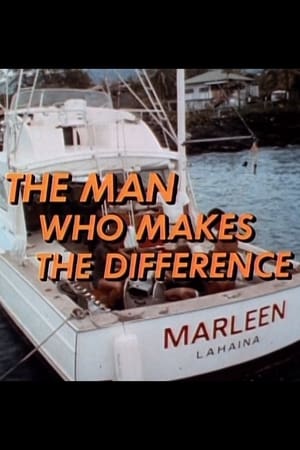 6.0
6.0The Man Who Makes the Difference(en)
Promotional documentary for the MGM film "Ice Station Zebra" focusing on the career and cinematographic innovations of cameraman John Stephens.
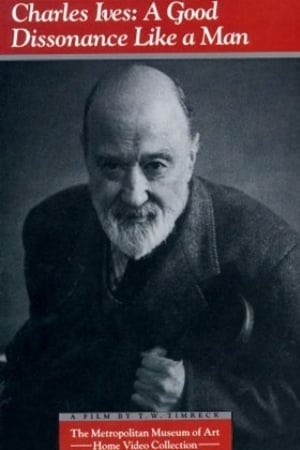 0.0
0.0Charles Ives: A Good Dissonance Like a Man(en)
A thoroughly researched biopic of Charles Ives, America's greatest and most innovative composer (and insurance executive), who combined strikingly futuristic experimentalism with gentle nostalgia. Includes narration taken directly from Ives's own writings, and reminiscence from those who knew him.
 0.0
0.0Glitch(ar)
Nabil's life changes as an engineering company invades his house, claiming to build the house of the future as a solution to the pollution/trash crisis, infusing weird technology into his old traditional house.
 4.7
4.7Soul to Squeeze(en)
Jacob's got problems-deep, mental ones. Desperate for relief, he volunteers for a radical treatment to escape his tortured mind. But instead of peace, he finds himself trapped in a house with a tunnel to his subconscious. What begins as a path to healing becomes a harrowing descent where memory fractures, time distorts, and reality bends. A first-of-its-kind cinematic experience, Soul to Squeeze begins in a boxy 4:3 aspect ratio and ever so slowly widens to a full 2.35:1 by the final frame-mirroring Jacob's expanding perception as he risks everything for redemption. Visually daring and emotionally raw, Soul to Squeeze merges body with mind, taking audiences on a perilous journey through the psyche.
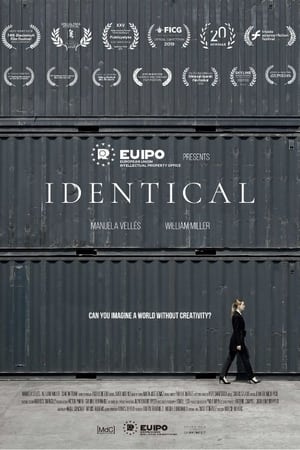 5.5
5.5IPDENTICAL: Imagine a world without creativity(en)
Anna lives in a retro-futuristic dystopia where intellectual property doesn't exist: there's no creativity, no R&D, no innovation and no diversity. Tired of the reality surrounding her, she starts the search of the only original song she remembers.
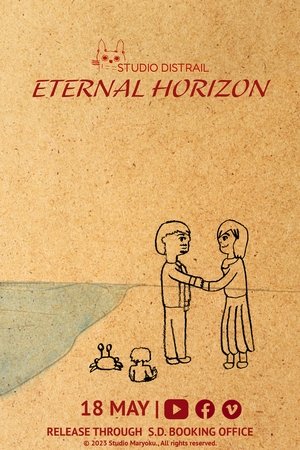 0.0
0.0Eternal Horizon(en)
A man is stuck on an island and time feels like it's stopped, until he finds a girl who grows fond of him, and time feels fast again.
 7.0
7.0Des traîtres dans la Résistance(fr)
In May 1943, Ernst Kaltenbrunner, the new head of the Reich Central Security Office, gave Hitler a report describing in detail the organization of the French Resistance. Indeed, during the Second World War, most of the Resistance networks had been infiltrated by traitors, the "V Man" (trusted men) in the service of the occupier. The Germans had established treason as a system and recruiting Frenchmen ready to inform on them was one of their priorities. It was these Frenchmen, whose number is estimated at between 20,000 and 30,000, who dealt terrible blows to the Resistance.
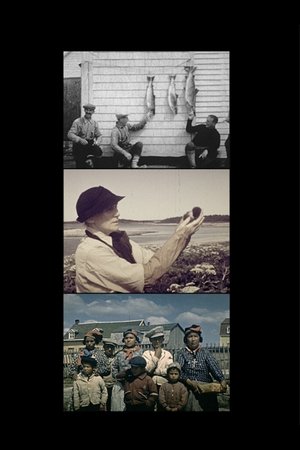 0.0
0.0Madame Fife, l'amour d'un village(fr)
For over thirty summers, Mrs. Fife, an exceptional woman of our time, lived in the village of Baie-Johan-Beetz, where her great gentleness and generosity left their mark on people. This documentary is therefore intended as a tribute: it brings together both numerous testimonies and a collection of archival films and photos, signed by Mary Fife.
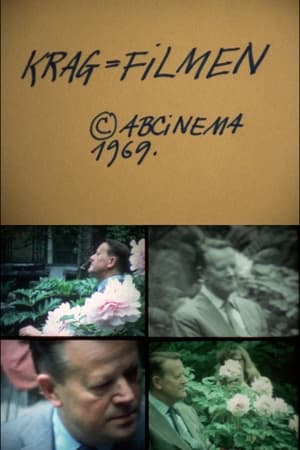 0.0
0.0Krag-filmen(da)
The ABCinema group dispatched Jørgen Leth to make the arrangements with Prime Minister Jens Otto Krag, who good-naturedly put himself at their disposal. Relaxing on a bench in the garden of Copenhagen's Royal Academy of Fine Arts, Krag is scrutinised by camera-wielding collective members almost like a model in a life-drawing class. Every possible angle, distance and framing is tried. The result is an image of the prime minister that is both fragmented and multi-facetted, describing his visual appearance as a man and an icon. At the same time, the ABCinema members film each other filming Krag, which gives the film a highly self-reflective character. Like "The Deer Garden," this is a film about a film being filmed. A showdown with the documentary portrait genre, "Jens Otto Krag" is devised according to the principle of keeping the material alive by not editing it but randomly piecing it together. (DFI)
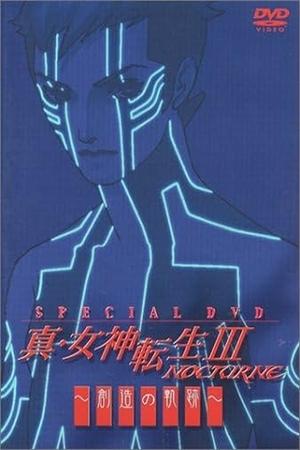 0.0
0.0Shin Megami Tensei III: Nocturne - Creation Trajectory(en)
Focusing on the PS2 game "Shin Megami Tensei - Nocturne", this extensive making-of documentary delves into Nocturn from the developer's point of view, focusing on the trial and error process of creating Shin Megami Tensei and the true meaning of the world view behind the game. Includes rare alpha development footage.